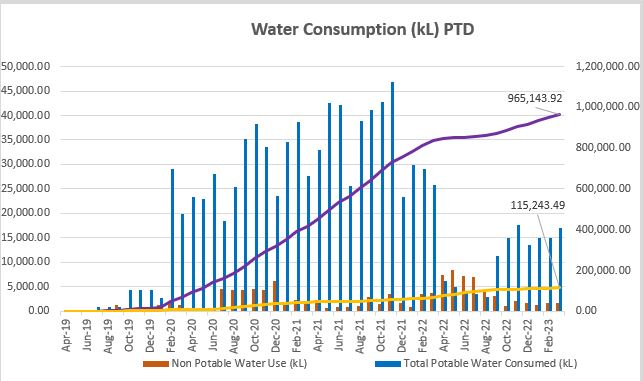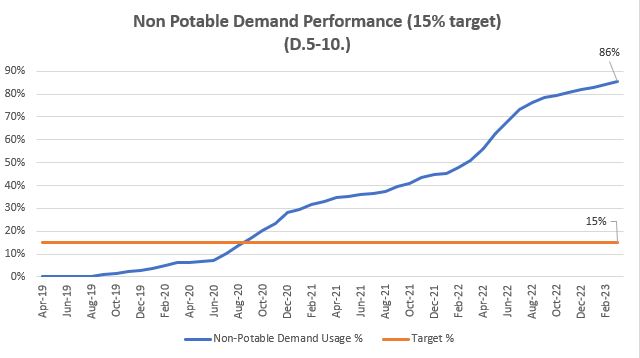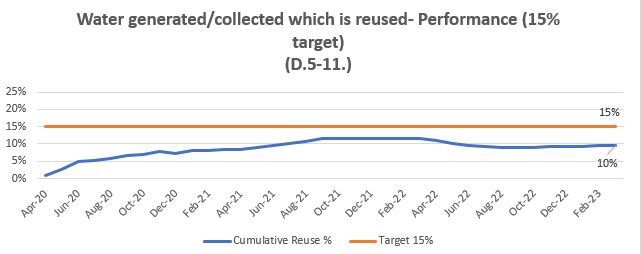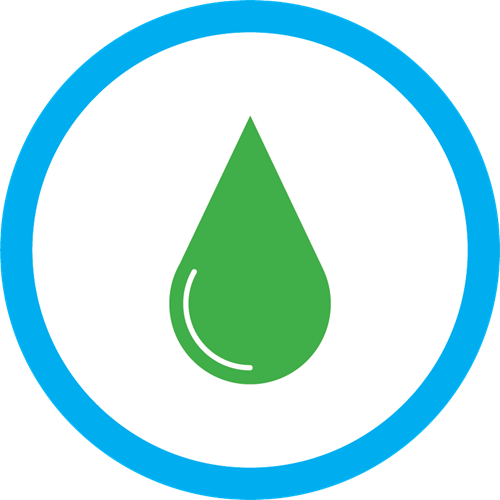|
Infrastructure projects require a significant amount of water for construction and operations. JHCPB’s Construction Water Reuse Strategy outlines the measures the Project will investigate to ensure water savings are realised during construction.
Key initiatives to reduce potable water use during construction include:
RIC
- Surface water is currently captured and transferred into sediment holding tanks where it is transferred to WTPs for treatment and utilised for earth compaction, wheel wash and belt wash, and dust suppression.
- Rainwater is being captured and used for domestic purposes.
- Utilisation of polymer as well as remote-controlled sprinkler for dust suppression (at space constrained sites).
WHT STW
- Tunnel water is captured and treated at the WTP in the WHT C&C, the treated water is re-used for water carts, wheel washes, misters and road wetting hoses.
- Rain water tanks are being set up towards the end of the reporting period to be established for domestic use in the site office.
As part of detailed design, JHCPB have identified the following initiatives to reduce water consumption during operations and replace potable sources with non-potable alternatives:
- Water Efficiency Labelling Scheme (WELS) tapware specified at operational buildings and public use facilities
- Rainwater harvest for domestic purposes at operational facilities
- Treatment of groundwater for parkland irrigation and tunnel washing
- Recirculation and capture of fire Hydrant and deluge pump test water
- Treatment of tunnel groundwater during operations for irrigation
The below graphs illustrate the projects performance against the above requirements.
Monthly volumes of potable and non-potable water being used on the Project PTD

Non-Potable Water Replacement Performance 2021-2022

Water Generated/Collected which is Reused-Performance 2021-2022

|
 Water
Water



